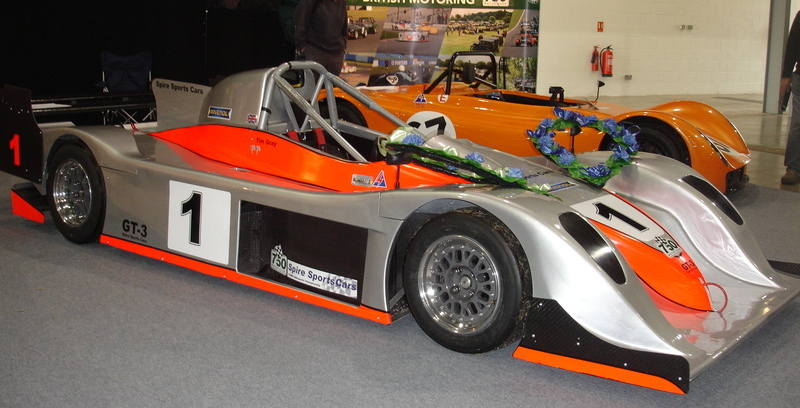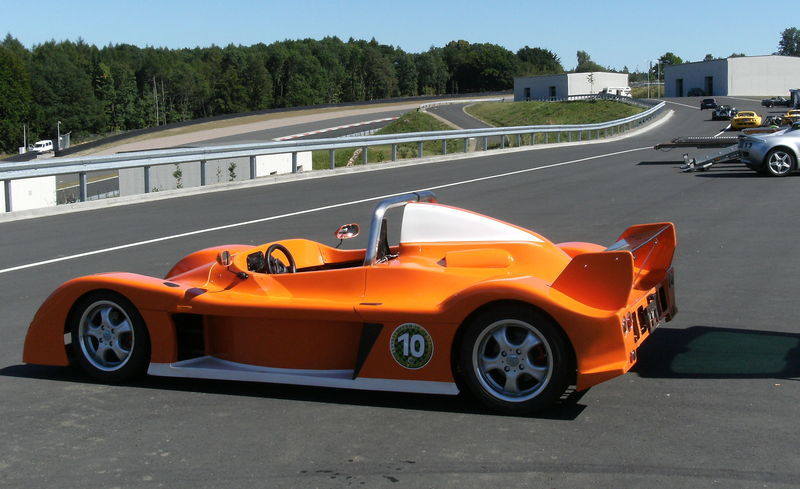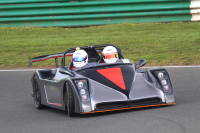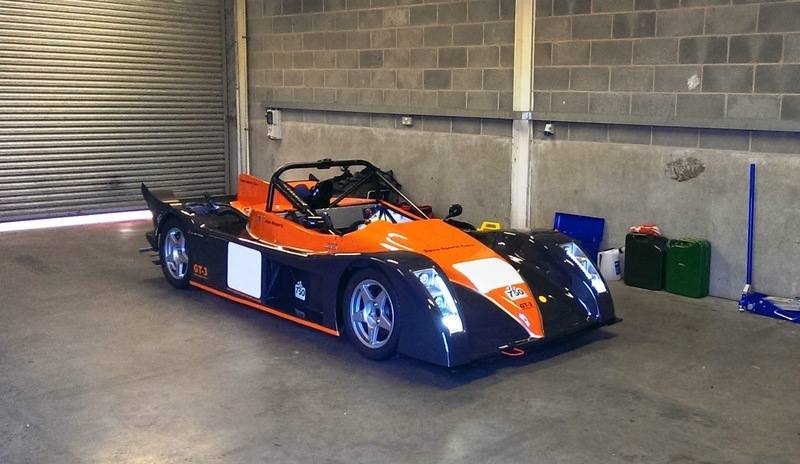
|
| TECHNICALBrakes(November 03, 2017)BRAKE FADE how will it affect you?........................ Brake fade is a serious consideration for performance and circuit drivers. Brake fade occurs when brakes are worked hard and heated to high temperatures. Heated beyond the maximum working temperature will cause significant braking efficiency loss and the brakes will appear to the driver as having stopped working to some degree. In very severe cases braking can be lost completely. So what is happening here? Brake Pads are made using organic material, meaning the material has lived and died at some time in the earth’s history. When this material, a resin, is heated beyond its maximum stable temperature it starts to degrade into carbon but more importantly to recognise, carbon dioxide. The escaping carbon dioxide gasses from the friction material build up a thin layer of gas between the pad face and the disc face effectively pushing the pad away from the disc. In this state no matter how hard the brake pedal is pressed the brakes will not work as effectively. The hotter the pads are the worse the condition becomes including to the point of total failure. To help reduce the effect of these friction gasses discs with holes drilled or groves cut can be fitted. These holes or grooves disperse unwanted gasses. Also to help reduce temperature and disperse heat a ventilated disc can be fitted. This will help lower disc temperature to below the critical point but brake fade could still occur. The friction pad material needs most consideration when making a selection. It is important to select a brake pad suitable for the driving conditions required and there is a wealth of choice from the manufacturers. Generally a soft brake pad is low heat rated and will give a vey good initial bite then efficiency reduces as it gets hotter, more suited to road use. A hard pad is high temperature rated, will have little initial bite and then build up to extreme when hot, more suited to racing. Obviously there are pads which fall between these two examples and the manufacturer’s advice should always be requested for the correct pads for your requirements. This will depend on a number of factors such as the weight of the vehicle the size of discs, any cooling ducts, the efficiency of the calliper and of course how the car will be driven. It may be worth considering one set of pads for road use and then fit a different set of pads to track use. Although not wishing to prefer any particular pad manufacturer we have used EBC pads with success and they can be found in our buyers guide for further information. ..... |
|














